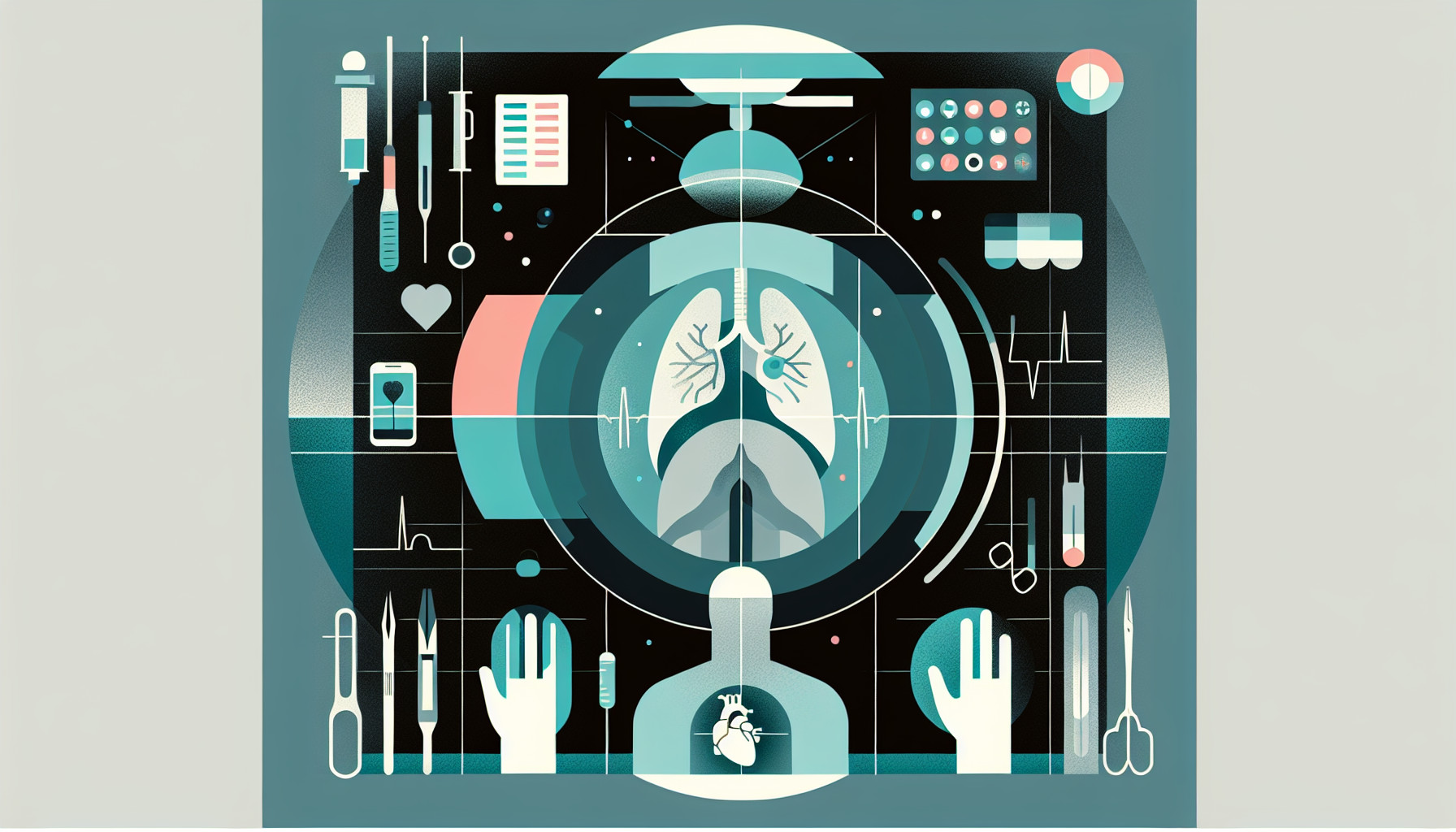Our Summary
This research paper is discussing the final steps of breast reconstruction after breast cancer, which involves recreating the nipple and the surrounding dark skin (the areolar complex). There are different ways to recreate the areola, including tattooing, taking a skin graft from the inner thigh, or using skin from the other areola. For the nipple, the most preferred method is to replicate the other nipple as it provides the best color, texture, and shape straight away. Another popular method is tattooing due to its simplicity and easy replication.
FAQs
- What are the different methods of recreating the areola after breast reconstruction?
- What is the most preferred method for nipple reconstruction after breast cancer?
- How does tattooing work as a method for nipple and areola reconstruction?
Doctor’s Tip
A helpful tip a doctor might tell a patient about nipple reconstruction is to carefully follow post-operative care instructions to promote proper healing and minimize the risk of complications. This may include keeping the area clean and dry, avoiding excessive pressure or friction on the reconstructed nipple, and attending follow-up appointments for monitoring and adjustments as needed. It’s also important to communicate any concerns or changes in the appearance or sensation of the reconstructed nipple to your doctor promptly.
Suitable For
Patients who have undergone a mastectomy as part of their breast cancer treatment and have completed the initial stages of breast reconstruction are typically recommended for nipple reconstruction. This procedure is generally performed after the breast mound has been created and has settled into its final shape.
Nipple reconstruction is often recommended for those who desire a more natural appearance after breast reconstruction. It can help to restore symmetry and balance to the breasts, enhancing the overall aesthetic outcome of the reconstruction. Patients who are bothered by the lack of a nipple and areola, and who wish to complete the reconstruction process, may also be good candidates for nipple reconstruction.
Additionally, patients who have completed their cancer treatment and are in good overall health are typically considered suitable candidates for nipple reconstruction. It is important for patients to have realistic expectations about the results of the procedure and to understand the potential risks and complications associated with nipple reconstruction.
Ultimately, the decision to undergo nipple reconstruction is a personal one and should be discussed with a plastic surgeon who specializes in breast reconstruction. The surgeon will evaluate the patient’s individual circumstances and goals to determine if nipple reconstruction is the right choice for them.
Timeline
Before nipple reconstruction:
- Patient undergoes mastectomy, either single or double, as part of breast cancer treatment.
- Patient undergoes breast reconstruction surgery, either immediate or delayed, to restore the shape and size of the breast.
- Patient may choose to have nipple reconstruction as the final step in the breast reconstruction process.
After nipple reconstruction:
- Nipple reconstruction surgery is performed using tissue from the other nipple or from a skin graft.
- Nipple heals and settles into its final shape and size over the course of several weeks.
- Areola reconstruction may be performed using tattooing or other methods to recreate the appearance of the areolar complex.
- Patient may experience some discomfort, swelling, and bruising in the days following nipple reconstruction surgery.
- Follow-up appointments with the surgeon are scheduled to monitor healing and address any concerns.
- Once fully healed, patient can enjoy the final result of their breast reconstruction, including the newly reconstructed nipple and areola.
What to Ask Your Doctor
- What are the different options for nipple reconstruction?
- What are the risks and benefits associated with each option?
- How long does the nipple reconstruction procedure typically take?
- What is the recovery process like after nipple reconstruction?
- Will I need to schedule multiple appointments for the nipple reconstruction process?
- How soon after my initial breast reconstruction surgery can I undergo nipple reconstruction?
- What kind of scarring can I expect from nipple reconstruction?
- Will I need to undergo any additional procedures or touch-ups after the initial nipple reconstruction?
- How should I care for my nipple reconstruction site post-surgery?
- Are there any specific limitations or restrictions I should be aware of following nipple reconstruction surgery?
Reference
Authors: Bodin F, Bruant-Rodier C, Ruffenach L, Dissaux C. Journal: Ann Chir Plast Esthet. 2018 Nov;63(5-6):559-568. doi: 10.1016/j.anplas.2018.06.010. Epub 2018 Jul 7. PMID: 30318055
